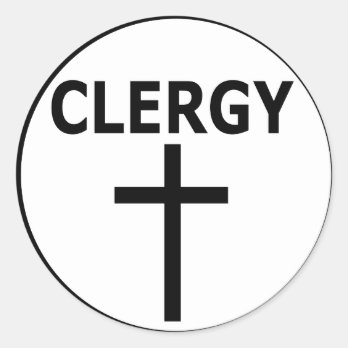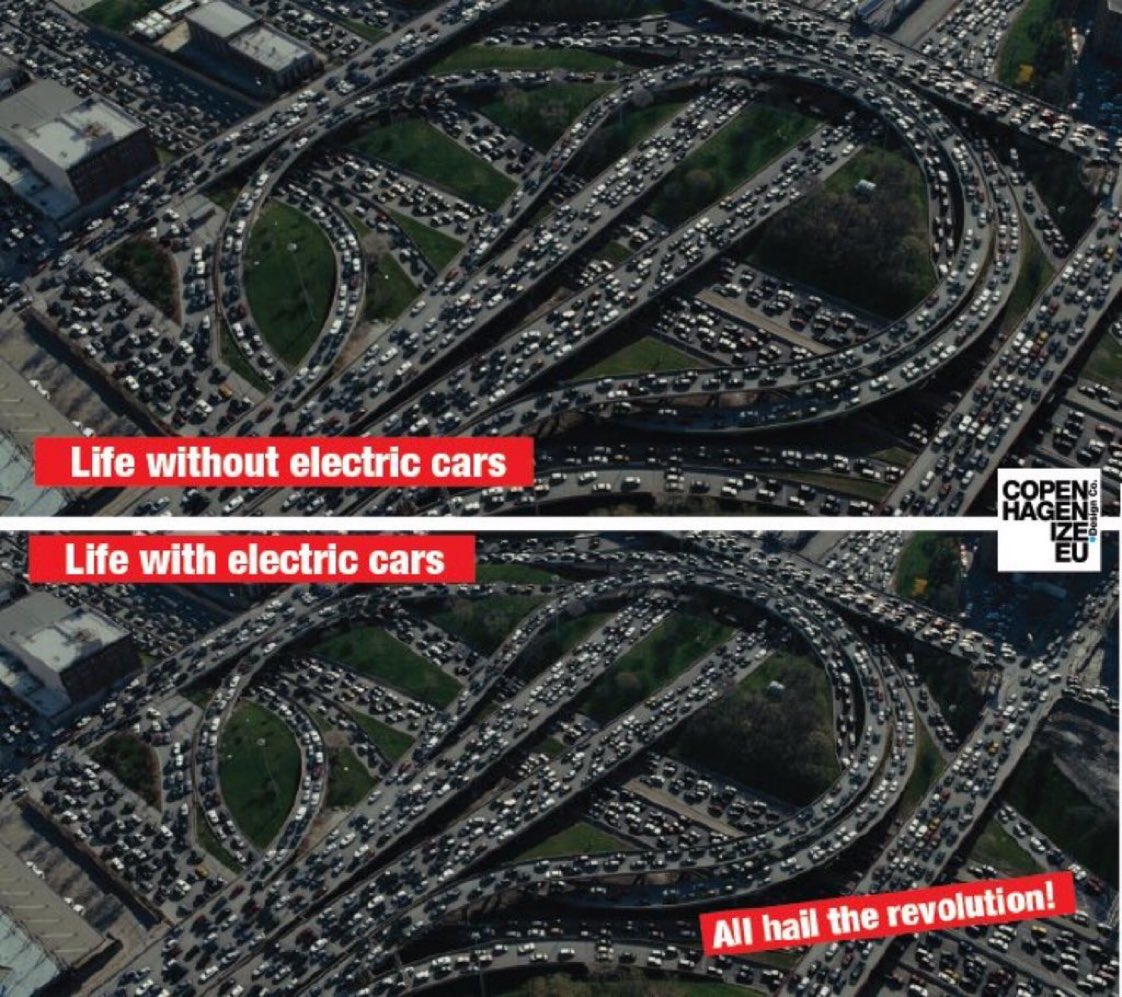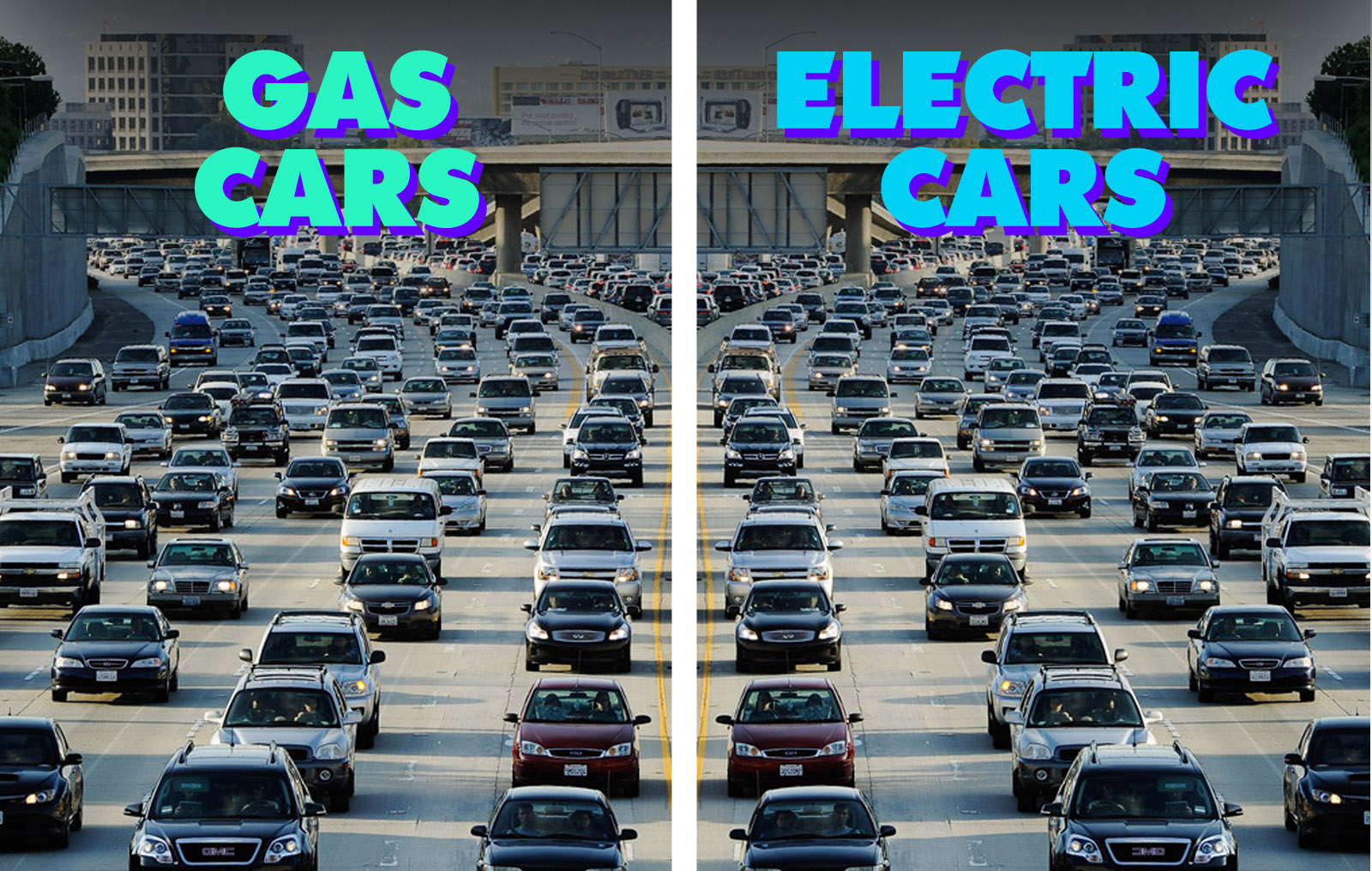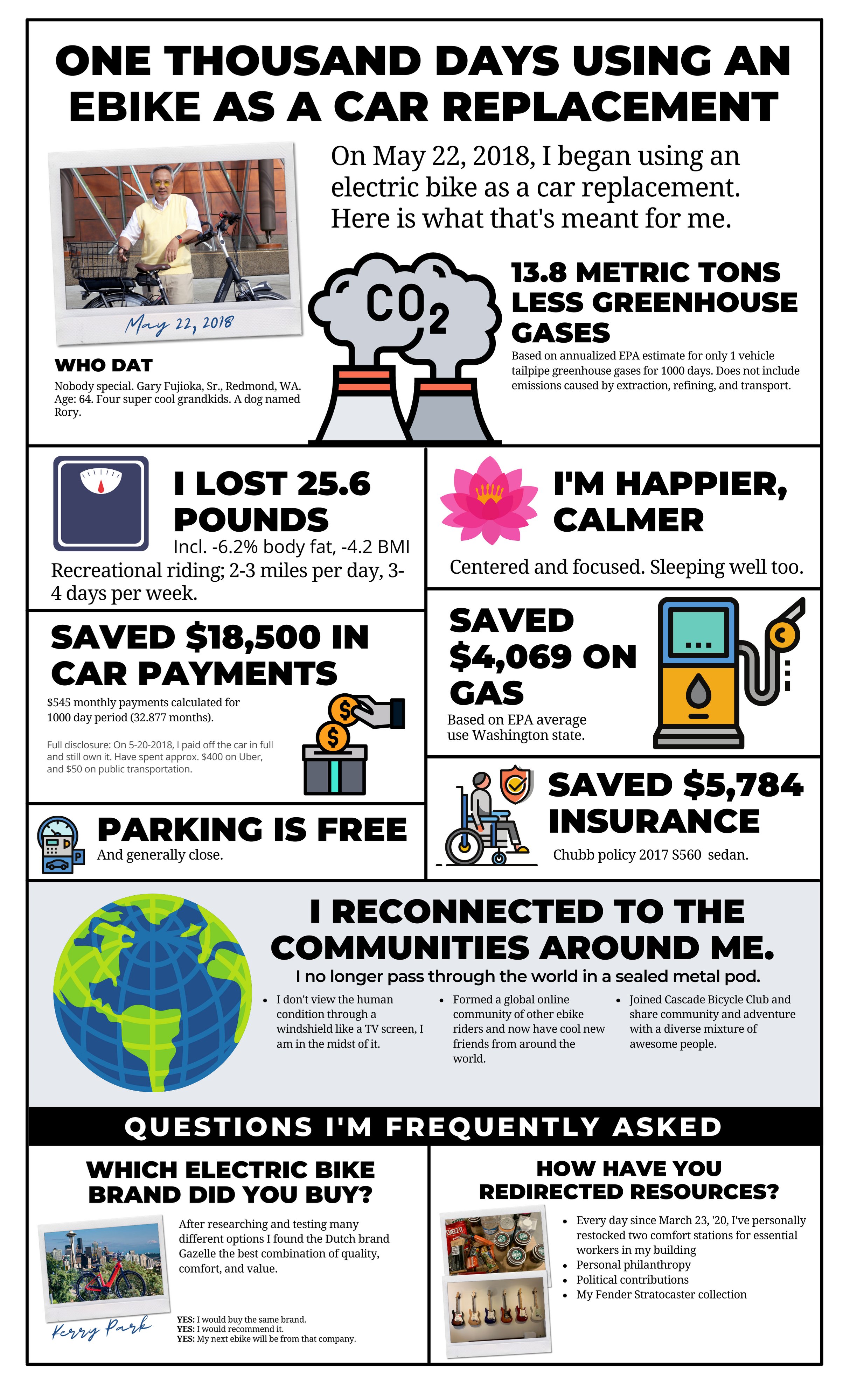Sunday, February 28, 2021
Family Secrets (sermon at Judson Memorial)
Wednesday, February 24, 2021
Clergy License Plates
Several years ago I was at stop light on my bike. I was returning from the hospital and dressed in my generic pastoral uniform: khakis, clergy shirt and collar, and navy blazer. Next to me was another clergy person in a car, dressed in the exact same generic pastoral uniform. The main difference was our mode of transit. I was riding a bike, they were driving a car.
As the light turned green the car moved forward and I started pedaling. As the car passed me I noticed a bumper sticker:
I have no qualms with a clergy person driving a car (it is sometimes necessary for the position). But why is the car the only form of accepted transit for clergy? I am trying to create space within American Christianity for a non-car-centric form of the religion. I am trying to make the argument for more people-centric forms of the religion. Why are cars more synonymous with Christianity than walking, bicycling and taking public transit?
Tuesday, February 23, 2021
Sermon on a Lake: Ashes to Action - February 21, 2021 Worship
Wednesday, February 17, 2021
An Ash Wednesday Alternative: Church-Incentivized E-Bikes?
I think ebikes can get more people on bikes and out of cars. But this move needs help. GM and others has millions of dollars for advertising budgets. To get to critical mass with ebikes (and regular bikes) other institutions need to fill in that void. Here is where a Christian imagination, or a faith imagination could step in...
Sunday, February 14, 2021
Jazz Sunday at Judson Church
Wednesday, February 10, 2021
Church Land Use: more than just meeting and worship space...
Whenever I open up a copy of The New Yorker I first go to the cartoon contest and think of a clever, non-winning, caption. Then I read the other cartoons, then I think about the yearly income one must have to afford the items advertised throughout the pages, then I start going through the articles.
The last issue had this headline: How a Young Activist Is Helping Pope Francis Battle Climate Change by David Owen. nearly exploded off the page. I thought to myself, "Either this is going to be 40 minutes of my life I'll never get back, or this could change my life." It was the latter. I am glad I did not know about this article when I was writing my chapter on church parking lots, I think I might still be deep in the weeds researching and exploring and trying to steal away for field trips.
The young activist is mapping all of the land the Catholic Church owns. She is then creating ways for the Catholic Church to use this land for environmental justice. I feel like selling my car and giving her the proceeds from it.
Why stop with the Catholic Church? Imagine if all of the land owned by faith communities was mapped! Imagine if all of that land was used for environmental justice! This could change America and change the world. Now getting all of the faith communities on board is another issue, but for the moment think if churches used their land for environmental/economic/racial/gender/housing justice!!!
Here is a tale of two stories of how two churches are using their land.
Last week was an amazing church parking lot news week. I had three stories sent to me about church parking lots (I am lucky to find one every few months).
First, a story from the national United Church of Christ webpage, about Pass-a-Grille Beach Community Church in St. Pete Beach, FL. The church was being sued by the local government because it was offering "free parking" for beachgoers. I cannot ascertain why the town was suing. Does the town charge for parking and thought the church was undercutting their revenue expense? Did someone on the city council have it out for the church? Who know the motives.
I looked at a google map of the church property and it appeared to me the church had maybe 10-15 parking spots. But when I emailed the pastor, who replied instantly, he said the lot in question had between 70-90 parking spots. A normal parking spot is 200 square feet, so 70 X 200 = 14,000 or 18,000 square feet of space + lanes for cars to operate. We are taking about 20,000 square feet of space dedicated to the temporary storage of automobiles. Indeed, the youth does, sometimes, collect donations for parking and sometimes prayers are said for those parking their vehicles. But why are we limiting our vision of church space only to the temporary storage of automobiles?
Here is another story, which appeared on my Facebook feed (it was neither sponsored nor promoted), about Heart of the Rockies Disciples of Christ Church which is donating its land for the building of housing units.
The land use provisions of the Religious Land Use and Institutionalized Persons Act of 2000 (RLUIPA), protect individuals, houses of worship, and other religious institutions from discrimination in zoning and landmarking laws.
RLUIPA is not a blanket exemption but rather it requires that the government not “impose a substantial burden on the religious exercise,” unless it shows that the burden furthers a "compelling governmental interest” and does so by the “least restrictive means.” We have found this applies well to zoning matters and serves to enable development where it would not otherwise happen.









